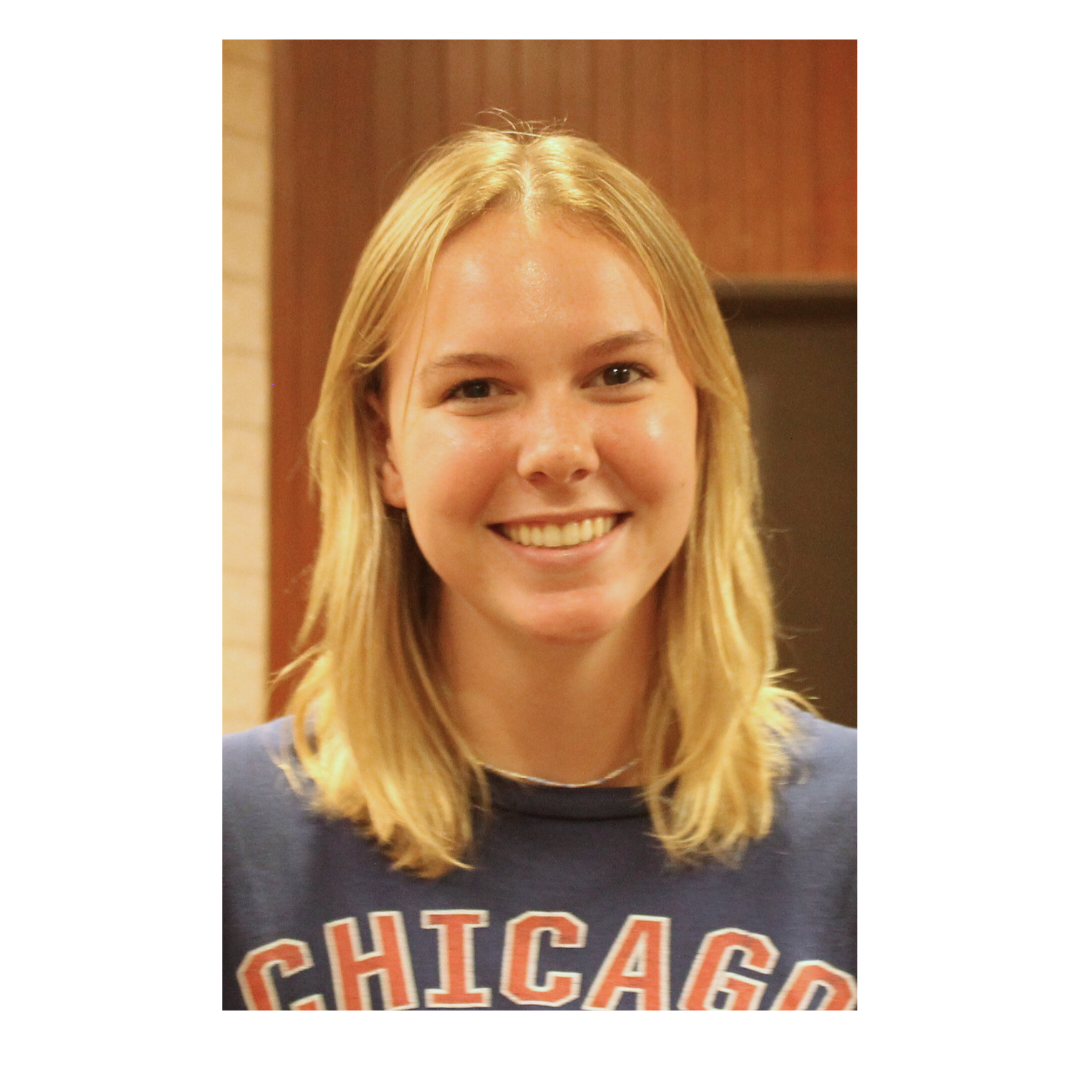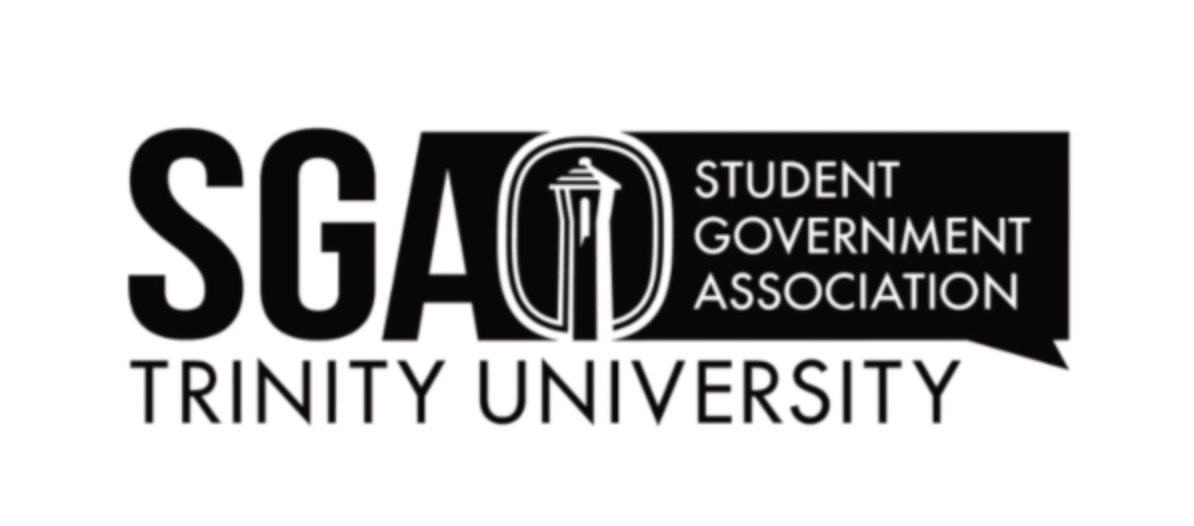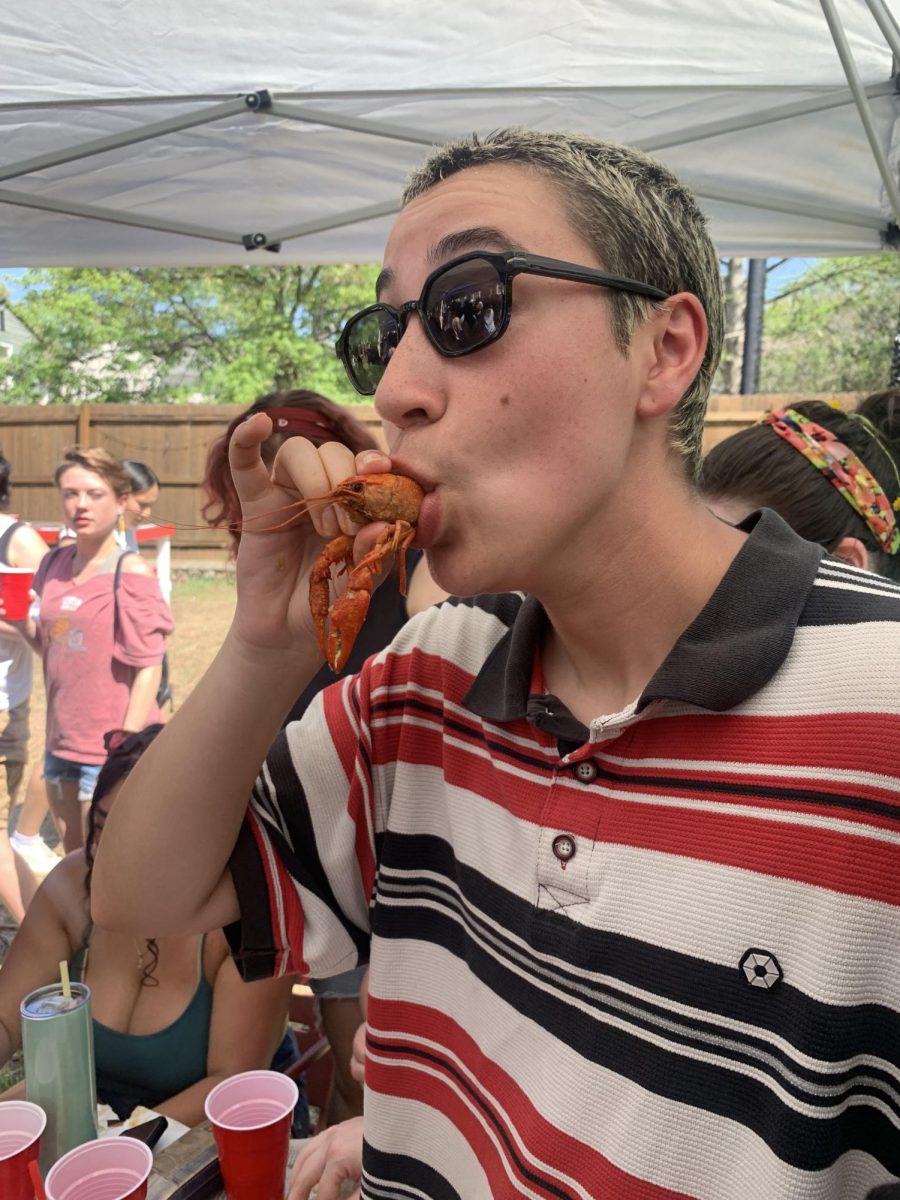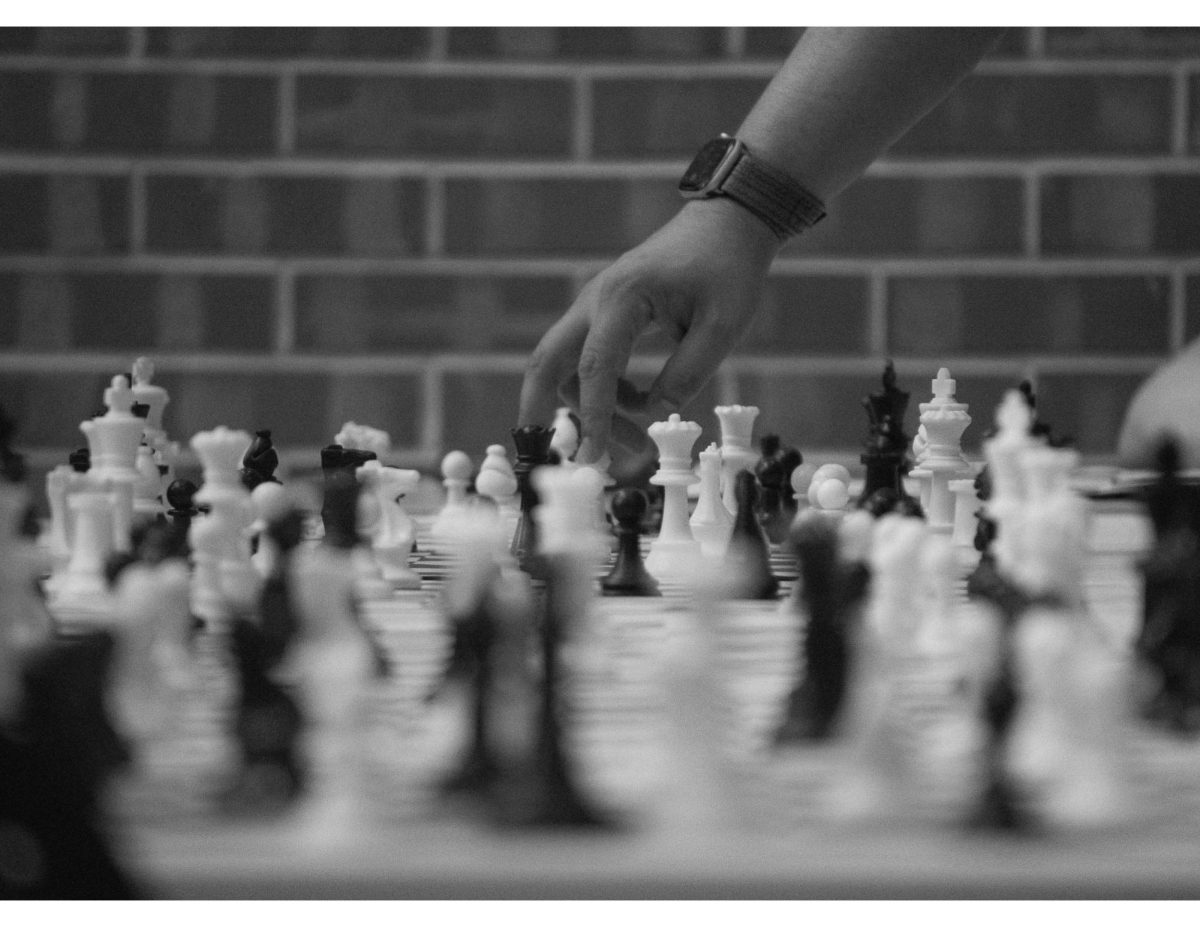The National Science Foundation awarded a $350,000 grant to support future research endeavors that involve the work of chemistry professors Bert Chandler and Chris Pursell. The grant was awarded after a proposal was submitted that contained the collaborative efforts of Chandler and Pursell along with the help of senior student researcher, Luke Tibbitts.
The research project also included Robert M. Rioux, professor of chemical engineering from Pennsylvania State University.
“There is a peer review process and the top fifteen to twenty percent get funded,” Chandler said.
The grant will fund students both at Trinity University and at Pennsylvania State University.The proposal was submitted in September of last year and was a collaborative effort by Chandler, Pursell and Rioux.
“It’s really about a year from when you start the proposal to when you get the grant,” said Chandler.
The research in the proposal centers on catalysts.
“The project with Dr. Chandler is in chemistry and involves small nanoparticles, catalysts and small metallic particles. We mostly use gold,” Pursell said. “Everything today involves catalysts: all the drugs we take involve catalysts and all the energy we use involves catalysts”¦ Understanding catalysis is really important.”
Senior Luke Tibbitts played an important part in the research process. “Luke worked on the main ideas of the project for the last two summers.His research and experiments led directly to a major part of the proposal,” Chandler said.
“I would set up and run the experiments as well as collect and organize the data,” Tibbitts said.
Tibbitts worked with Chandler and Pursell over the summers of 2011 and 2012. “I believe I was very fortunate and blessed to be able to work with not only one but two top”“notch professors on a daily basis,” Tibbitts said.
A portion of the grant money will go towards paying for student stipends so students may conduct research over the summer, hiring a postdoctoral fellow and funding equipment and supply. This particular grant will provide stipends for six student researchers in the summer.
“Students will be involved in a lot of parts. They will be developing new experiments and interpreting data,” Chandler said.






